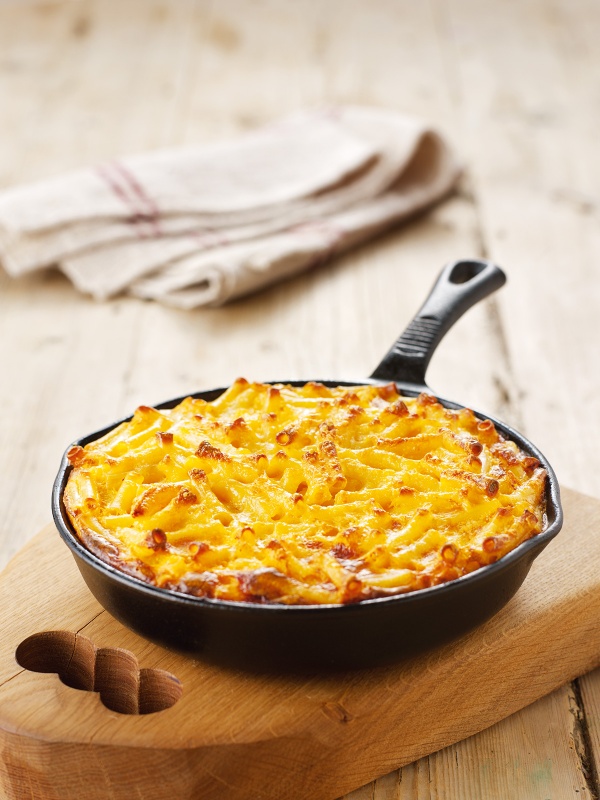Semi-Hard Cheese Like Asiago
A community recipe by zoagli81Not tested or verified by Nigella.com
Introduction
The procedure I have not invented it but I just applied the product specification.
The procedure I have not invented it but I just applied the product specification.
Share or save this
Ingredients
Serves: 4-6
For the Cheese
- 5½ litres milk (fresh)
- 1 tub yoghurt (without sugar, which contains the entire yeast streptococcus thermophilus and lactobacillus bulgaricus)
- 2 millilitres rennet (with title 1:10000)
- 15 grams salt
For the Brine
- 180 grams salt (per litre of water, at 15-20 degrees celsius)
For the Cheese
- 9⅔ pints milk (fresh)
- 1 tub yoghurt (without sugar, which contains the entire yeast streptococcus thermophilus and lactobacillus bulgaricus)
- fluid ounce rennet (with title 1:10000)
- 1 ounce salt
For the Brine
- 6 ounces salt (per litre of water, at 15-20 degrees celsius)
Method
Semi-Hard Cheese Like Asiago is a community recipe submitted by zoagli81 and has not been tested by Nigella.com so we are not able to answer questions regarding this recipe.
Additional Information
With serum advanced I made the ricotta following the recipes that I found here. Although the photos do not show that well, looking at a slice closely you can see that it is beginning to form holes typical of asiago.
With serum advanced I made the ricotta following the recipes that I found here. Although the photos do not show that well, looking at a slice closely you can see that it is beginning to form holes typical of asiago.






Tell us what you think
Thank you {% member.data['first-name'] %}.
Explore more recipesYour comment has been submitted.